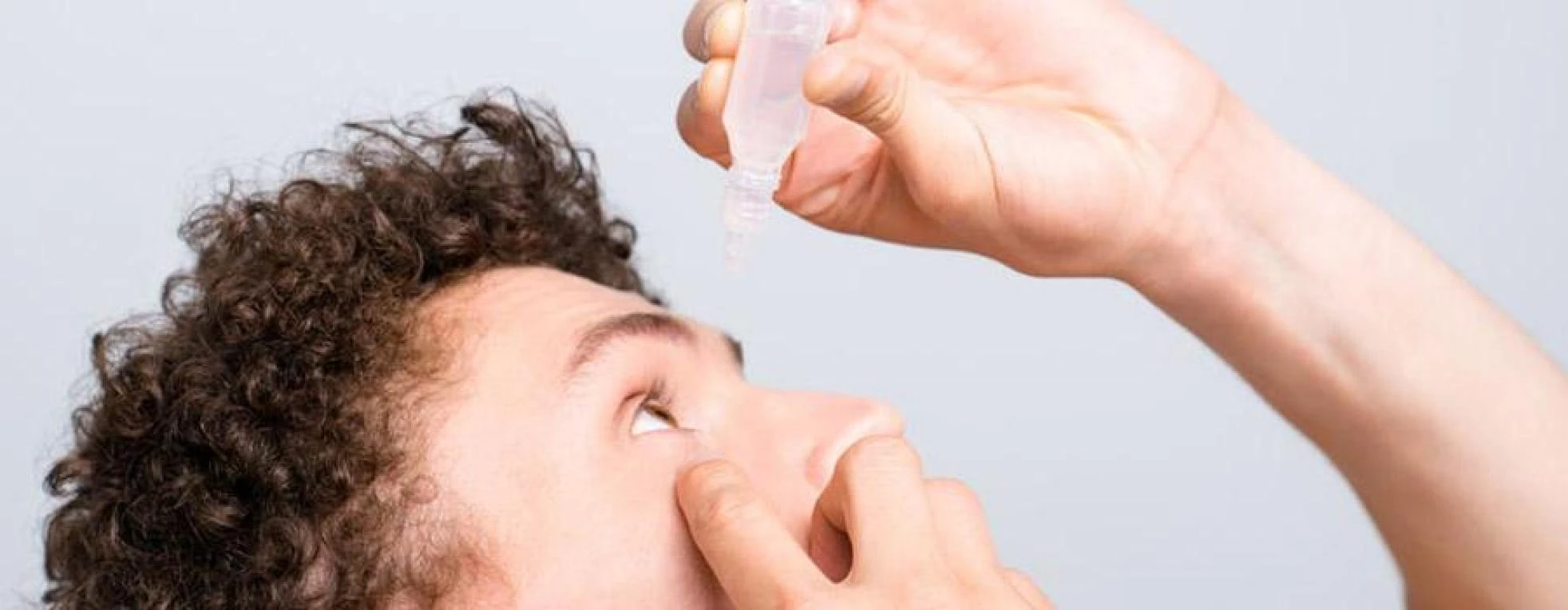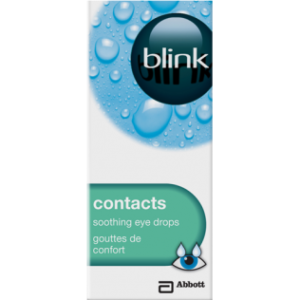
How to use eye drops
To get the greatest benefit from eye drops, you must use them properly. There is a right way to put eye drops in your eyes; let’s find out how to use them!
Whether you’re sitting in front of a computer screen at work or scrolling through your Instagram feed, your eyes work hard. Eye drops have myriad health benefits for your visual system and they are the best habit you can adopt to provide instant relief from dry eyes or make them more comfortable while wearing contact lenses.
Keep your eyes hydrated
Lubricating your eyes with eye drops can help to prevent the feelings of discomfort associated with dry eyes. One of the reasons why you might suffer from dry eyes is a reduced blink frequency.

Keep your eyes moist and hydrated.
Blinking helps the eye to clear away dust particles, lubricate the surface of the eye and keep your eyes hydrated and healthy.
Eye drops serve the same purpose, keeping your eyes moist when your blinking rate is at its lowest. Eye drops try to mimic real tears. Various brands use different mixes of ingredients, such as:
- Lubricants to keep your eyes moist
- Electrolytes, like sodium and potassium, which can help heal the surface of your eyes
- Preservatives to keep bacteria from growing in the bottle of drops.
Some people are allergic to preservatives, but don’t worry! You can use preservative-free eye drops and follow our steps to put them.
How to insert eye drops
Using eye drops becomes quick and easy once you’ve practised a few times. Here you have some simple steps to ensure their proper application.
- Before you use eye drops, wash your hands with soap and warm water. Dry them with a clean towel. If soap and water aren’t available, you can use hand sanitizer instead.
- Tilt your head back and pull your lower eyelid down with one hand. Hold the bottle in your other hand with the dropper tip facing down. If you need to, rest part of your hand on your forehead to keep it steady.
- Look up to the ceiling with both eyes.
- Place one drop inside your lower eyelid. Don’t let the tip of the bottle touch your eye.
- Close your eye gently and tilt your face toward the floor. While your eye is closed, use one finger to apply gentle pressure to the inside corner of the eye. This stops the medication from draining into your nasal passages and getting into your mouth or throat.
- Put the cap back on the bottle. Don’t touch the dropper tip or try to clean it.
- Repeat for the other eye or store the bottle as described on the label or by your optician.
Eye drops for contact lenses

Blink Contacts are formulated for contact lens wearers.
Contact lens wearers can use eye drops to improve comfort and prevent blurry vision. They will moisturise your eyes, helping you to wear your lenses for longer without any problems. Otherwise, if during the day you feel that your eyes are irritated, eye drops can help to remove any dirt that might be causing blurred vision.
Never use a brand that is not specially formulated for use with contact lenses, if you are wearing contacts. Your eye doctor will be able to recommend the best-suited product for you to use.
For example, Blink Contacts® Eye Drops have been formulated to reduce irritation and tiredness to help keep your eyes bright and healthy. They are available in multi-dose bottles and handy preservative-free single-use vials and are specifically formulated for contact lens wearers.
If you struggle to apply eye drops, Blink Refreshing Spray is a great alternative. They can be used with contact lenses, so you just need to spray it from about 10cm directly to the side of your eye.
More tips for using eye drops
- Keep the bottle closed and store the eye drops properly at room temperature (some are to be kept in a cooler environment).
- Do not let the tip of the bottle touch your eye or any surface. This is to keep it free from germs.
- Do not let anyone else use your drops.
- Check the expiration date of the container. Do not use eye drops that have expired.
- Throw out the bottle after the recommended time. There is a risk that the drops may become infected if they are kept and used for longer than advised.
- Rarely, people are allergic to some eye drops. Tell your doctor if eye symptoms become worse after using eye drops.
Still having problems putting in your drops? Be sure to discuss with your eye care professional how to improve comfort and clean out debris and proteins.











